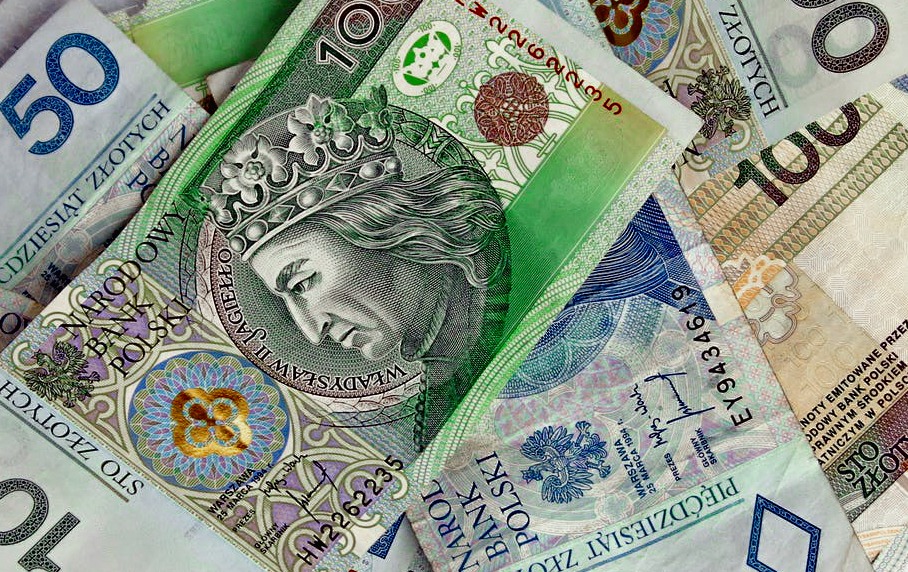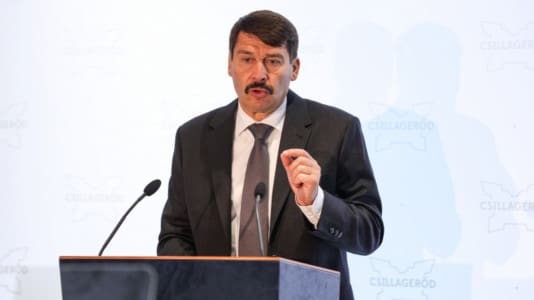On Wednesday, the Polish Monetary Policy Council (RPP), a body of Poland’s central bank, announced it was raising the main reference interest rate by 75 base points up to 1.25 percent. The latest increase is yet another interest rate increase after the RPP already increased them by 0.4 percentage points in October 2021.
Prior to the RPP’s deliberations, economists expected the growth of the Polish central bank’s main interest rate to be 0.5 percentage points. They pointed out, however, that the National Bank of Poland (NBP) must tighten its monetary policy due to the overheating economy, high inflation rate, which grew to 6.8 percent in October. Forecasts also point to a further rise to 8 percent and above, which means Poland’s central bank team is looking to limit the inflationary expectations of Poles.
The consequence of the RPP’s decision will be an increase in loan installments.
“The peak of inflation is expected to occur in January 2022, and we expect that it might reach up to 7 percent,” the head of the National Bank of Poland, Adam Glapiński, said.
According to Glapiński, when central banks and governments made the decision to introduce fiscal stimulation on a large scale, “it was clear that inflation will be higher during the exit from the crisis.”
He evaluated that growing inflation has a global character and is higher in countries which avoided deep recession and are developing more rapidly.
Glapiński believed that Poland, which is a medium-sized country, managed to escape the pandemic crisis with “minimal losses.” Inflation is generally highest countries that managed to weather the crisis.
The NBP head added that owing to the decisive reaction from both the central bank and the government, the economy was protected from deep and long-term recession.
“Huge fiscal stimulation was introduced alongside massive government spending and this spending made it possible to avoid a mass-scale economic catastrophe which would’ve been comparable to the Great Depression,” Glapiński declared.






